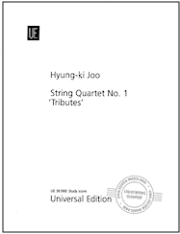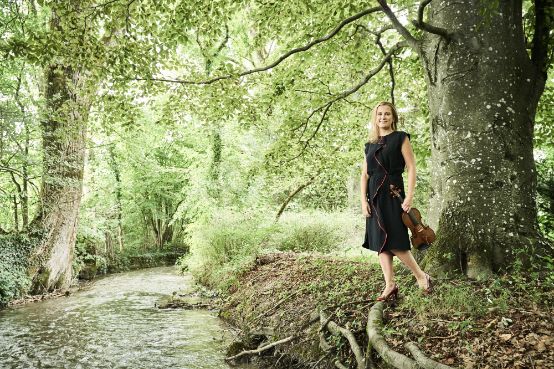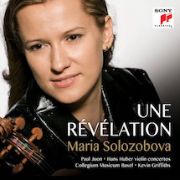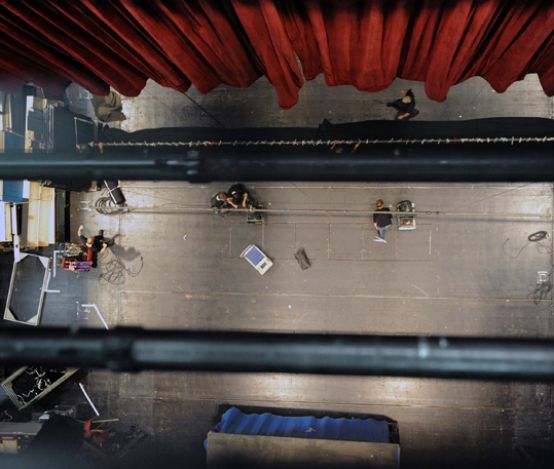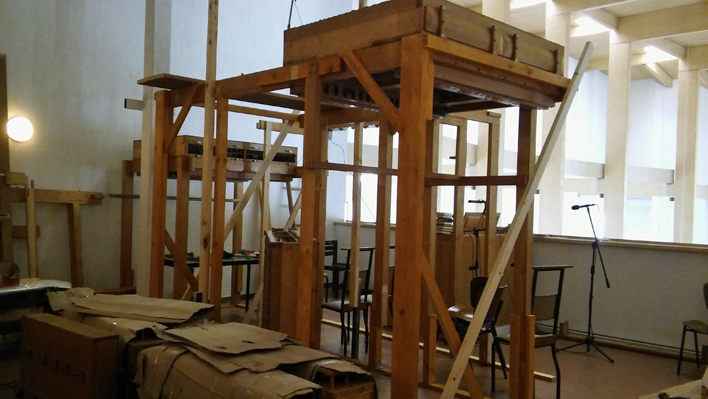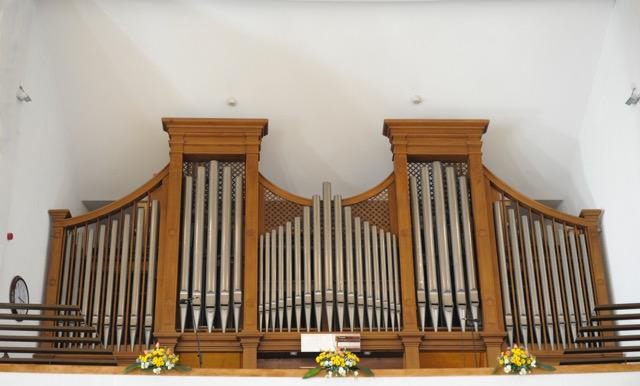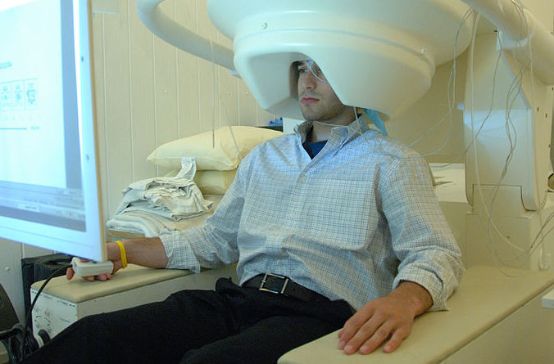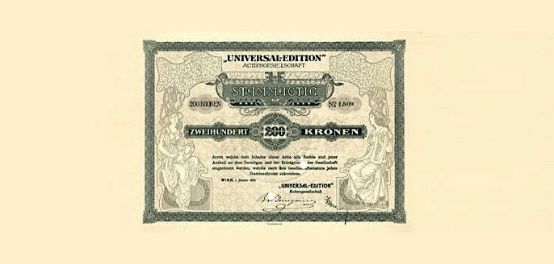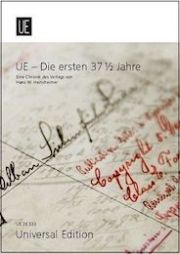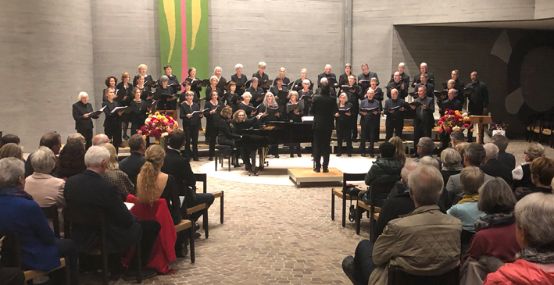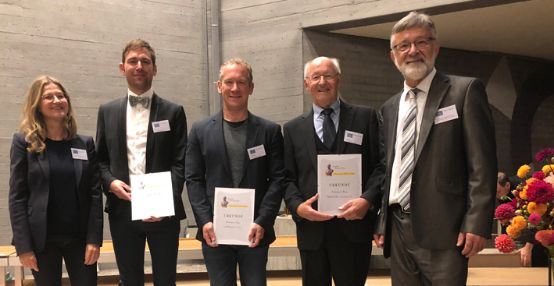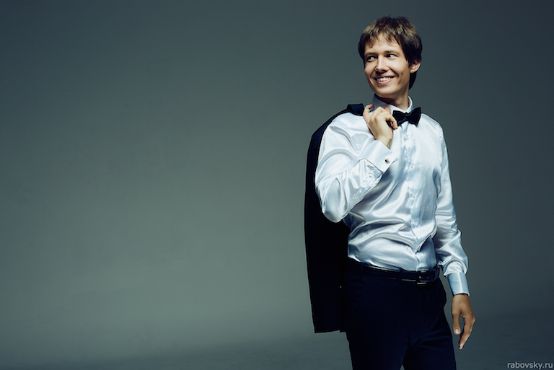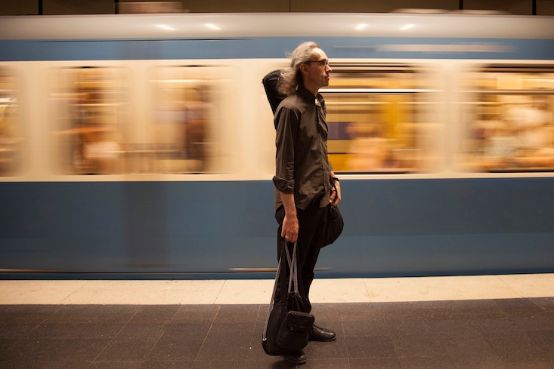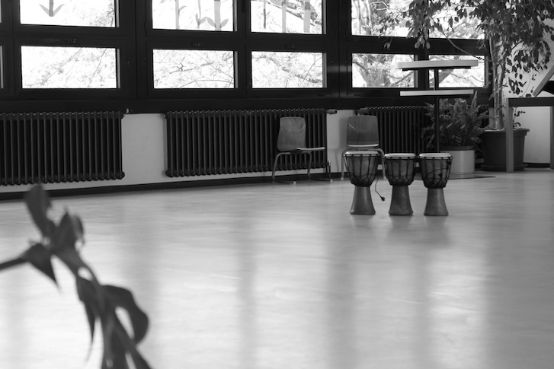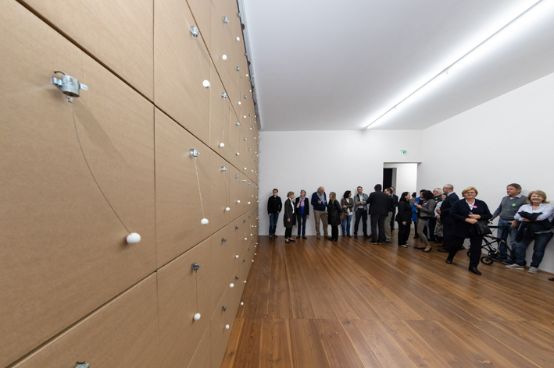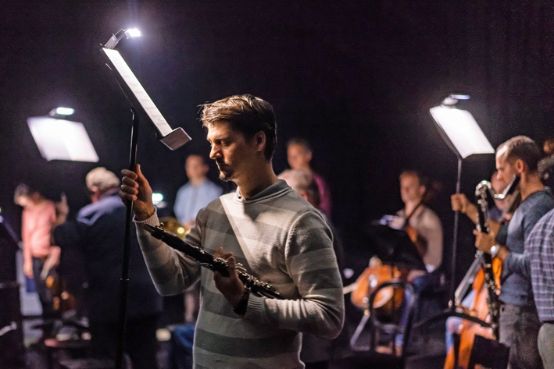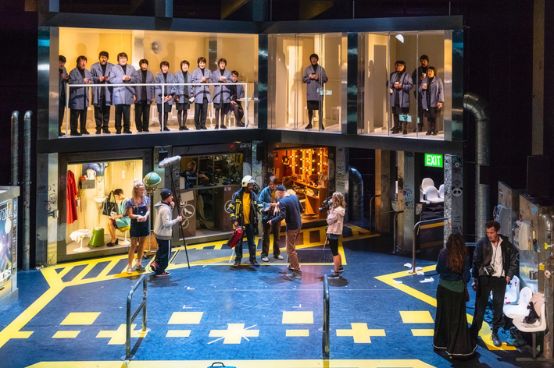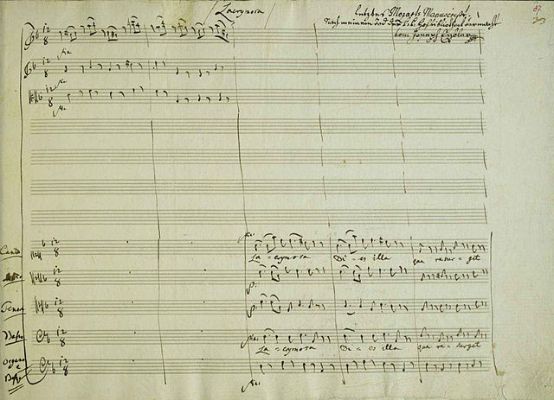Tributes from a rascal
In his String Quartet No. 1 "Tributes", Hyung-ki Joo plays subtly and humorously with set pieces reminiscent of Henry Purcell, Samuel Beckett, Ludwig van Beethoven, Edvard Munch, J. S. Bach and Arnold Schönberg.
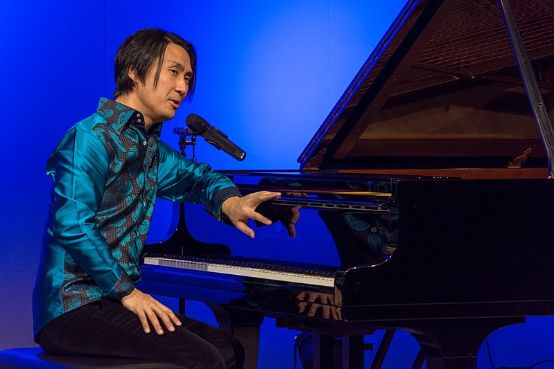
The English pianist, composer and multitasker of South Korean origin, Hyung-ki Joo, is a musical phenomenon. Trained at one of the most internationally renowned talent schools, the Menuhin School in London, his great musical talent, unquenchable thirst for knowledge and dazzling dramatic and comedic skills quickly paved the way for a significant career in the classical music business and far beyond. The duo Igudesman & Joo is world-famous, a YouTube hit, and the two fill large halls with their humorous programs. But to reduce him to that would be to underestimate him. Joo is not only interested in parody, questioning traditional concert forms and masquerade, but also in re-staging subtle content. His works are always characterized by respect for the great masters. He switches from E to U with ease, but always remains a confident and brilliant pianist and communicator of values. To expect a "serious" string quartet from him would nevertheless be a misunderstanding, because he does not want to be measured against the established canon, but rather to entertain musically on stage (certainly not here via recording), to stimulate thought, to inspire.
The present quartet was composed while he was still a student and anticipates all the qualities that would later characterize him as an admired stage magician. The extremely short score - one is almost reminded of Anton Webern - summarizes six different impulses that Joo calls "tributes", i.e. tributes to role models, inspirers from music, theater and the visual arts. They are Henry Purcell and his play Fantasia on One NoteSamuel Beckett Waiting for GodotLudwig van Beethoven's 5th Symphony, Edvard Munch's The cryJ. S. Bach's French Suite in B minor (BWV 841) and, finally, Arnold Schoenberg's twelve-tone technique. Anyone expecting an elaborate, intellectually demanding homage to the aforementioned greats would be wrong. Joo ignites a stage joke that skilfully combines subtlety with humor, rascally dismantles the familiar and patches it up again, leads the audience on the wrong track only to quote the familiar loudly and with aplomb (or cultivated with feigned seriousness) before new question marks open up to be finally resolved or dispersed. All of this requires one thing above all: performers who engage in this tongue-in-cheek game and bring the piece to life with dramaturgical understanding.
Hyung-ki Joo: String Quartet No. 1 "Tributes"; score, UE 36 966, € 19.95; Voices, UE 36 967, € 24.95; Universal Edition, Vienna 2017






